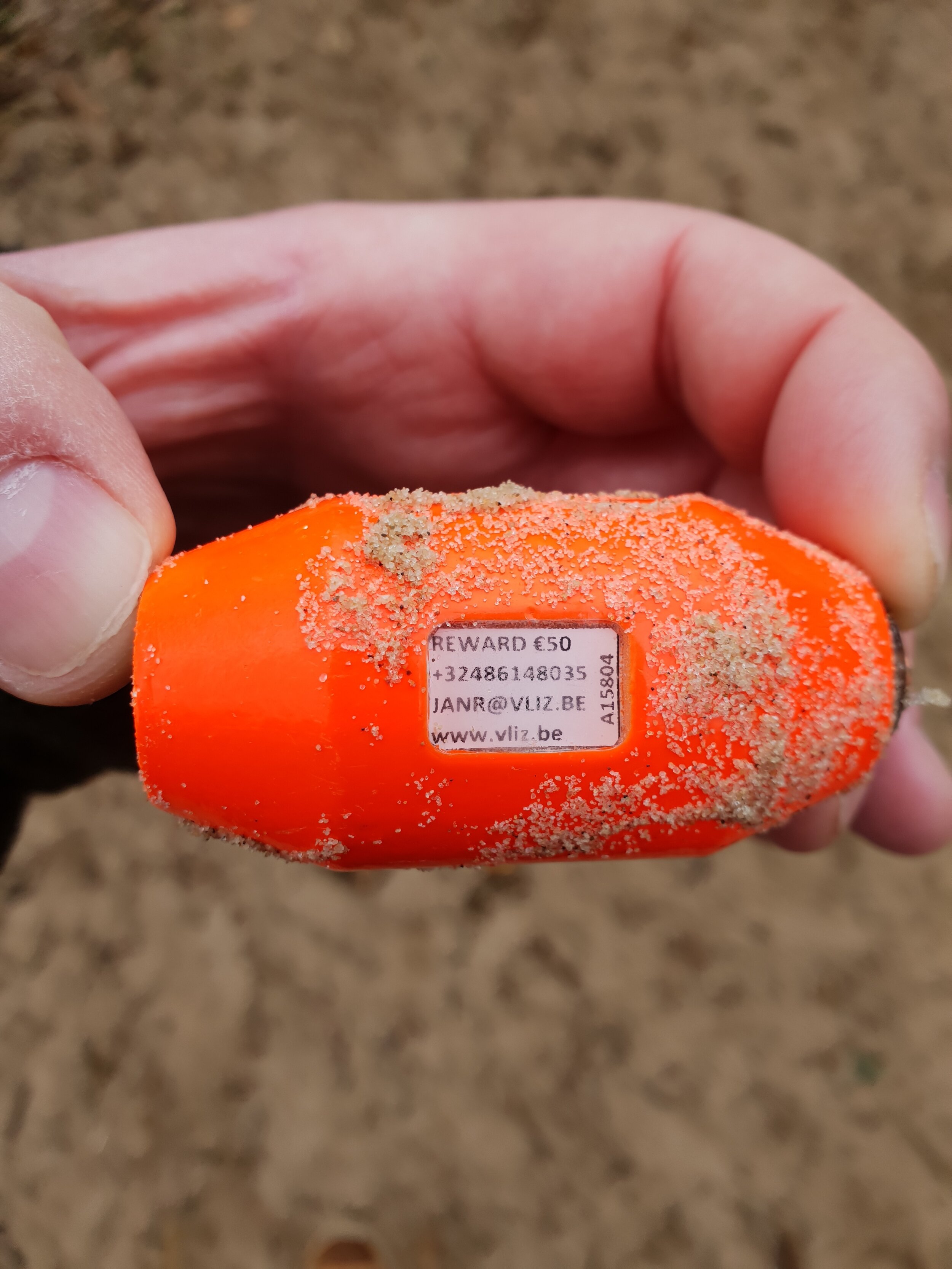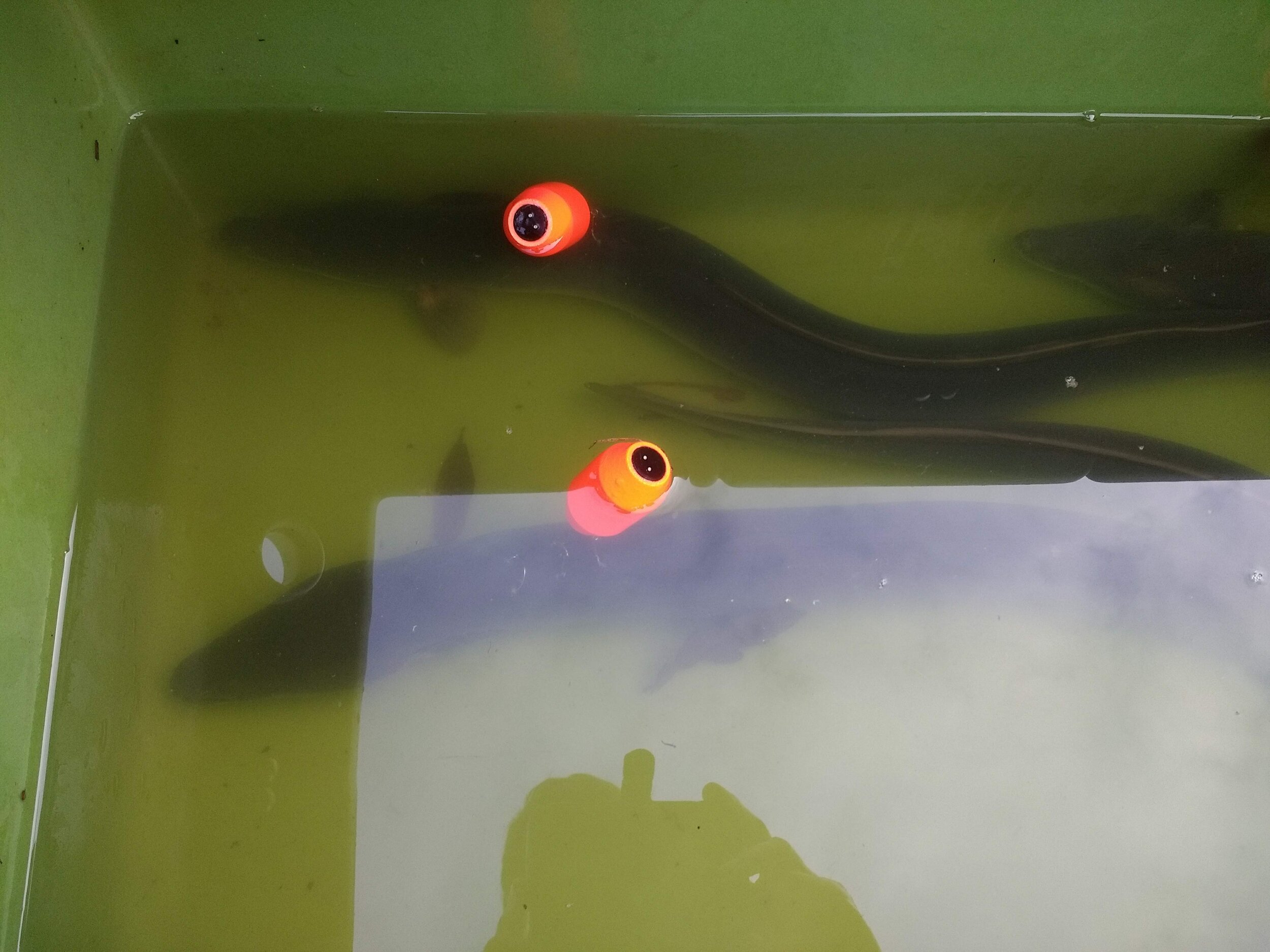Contributor – Nick Whitney, Anderson Cabot Center for Ocean Life, New England Aquarium (USA)
Bycatch has long been an issue in commercial longline fisheries, and whilst there are blanket regulations in place requiring fishermen to release some species which could be accidentally caught, a recent study has found that some are more vulnerable than others.
Dr. Nick Whitney, senior scientist at the New England Aquarium’s Anderson Cabot Center for Ocean Life in Massachusetts described how there is a general feeling that released shark bycatch will return to a normal way of life. The study, however, proves that this is not the case for several of the more vulnerable species, such as the blacktip and spinner sharks.
Photo credit: New England Aquarium
A “post-release mortality rate” describes the death rate of animals who are caught as bycatch, and which are then subsequently released. A high post-release mortality rate is typically therefore seen in more vulnerable species, where capture stress leads to physical or physiological trauma.
Where “at-vessel mortality” is easy to quantify, since this bycatch is already dead upon landing; calculating a post-release mortality rate can be challenging. Regulations are therefore heavily reliant on estimations using data from other species, which may not be an accurate reflection of the impact of longline fisheries on shark populations.
This landmark study quantified post-release mortality rates by combining blood-stress physiology with accelerometer data from CTL G6a+ data loggers. The activity-based accelerometer data (together with pressure and temperature data also captured by the logger), combined with blood samples taken from the same individuals, provides evidence of the sharks’ post-release behaviour and therefore the impact of the capture stress.
The G6a+ loggers - which were attached to the dorsal fin - recorded tri-axial acceleration at 25Hz, pressure (depth) at 1Hz and temperature at a 30 second rate. The float package (pictured below) enabled the study to retrieve the archival G6a+ loggers (which need to be physically recaptured and downloaded before they can be redeployed) by utilising corrosive wire to ensure removal from the sharks, and incorporating a VHF transmitter from Advanced Telemetry Systems (USA) to facilitate recovery.
Photo credit: New England Aquarium
The use of retrievable and reusable dataloggers for this study allowed for some of the largest sample sizes (over 300 sharks tagged from 5 species) of any shark post-release mortality study. Such studies typically use satellite tags which are single-use and are approximately three times the cost of our acceleration data loggers (Lear and Whitney, 2016). The study found that the capture response of sharks varies greatly by species – with hardier species such as sandbar, tiger, and bull sharks displaying great resiliency while other species such as blacktip and spinner sharks may die at a rate of 41 to 71% after they are caught and released.
The findings of the study suggest that seasonal restrictions and limited soak times could reduce post-release mortality rates for some species, and that such rates can vary greatly depending on the species and fishery.
Source:
Whitney NM, Lear KO, Morris JJ, Hueter RE, Carlson JK, Marshall HM (2021) Connecting post-release mortality to the physiological stress response of large coastal sharks in a commercial longline fishery. PLoS ONE 16(9): e0255673.
https://doi.org/10.1371/journal.pone.0255673
References:
Lear, K.O., Whitney, N.M. (2016) Bringing data to the surface: recovering data loggers for large sample sizes from marine vertebrates. Anim Biotelemetry 4, 12













